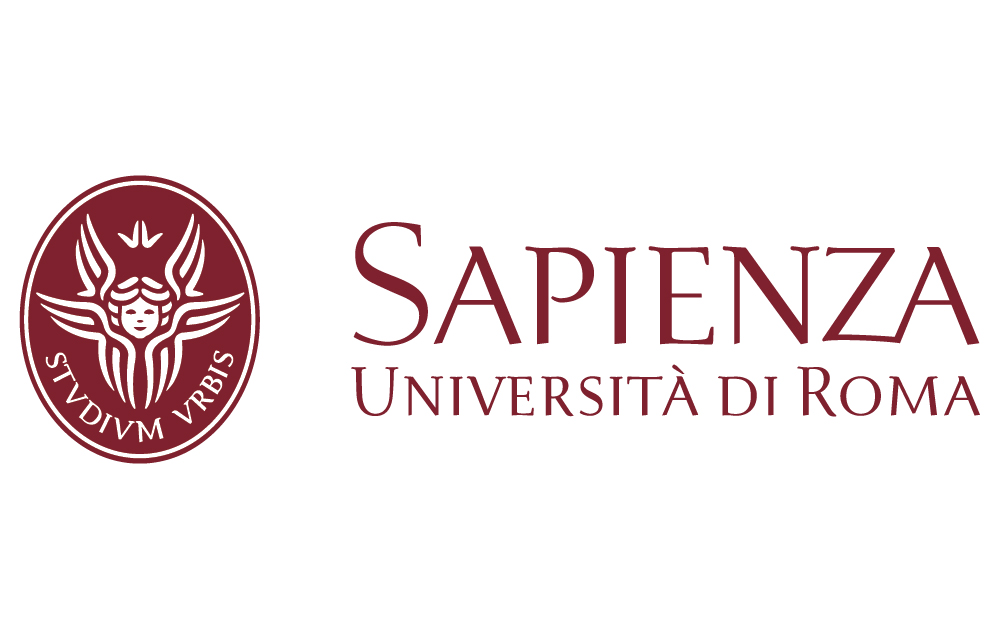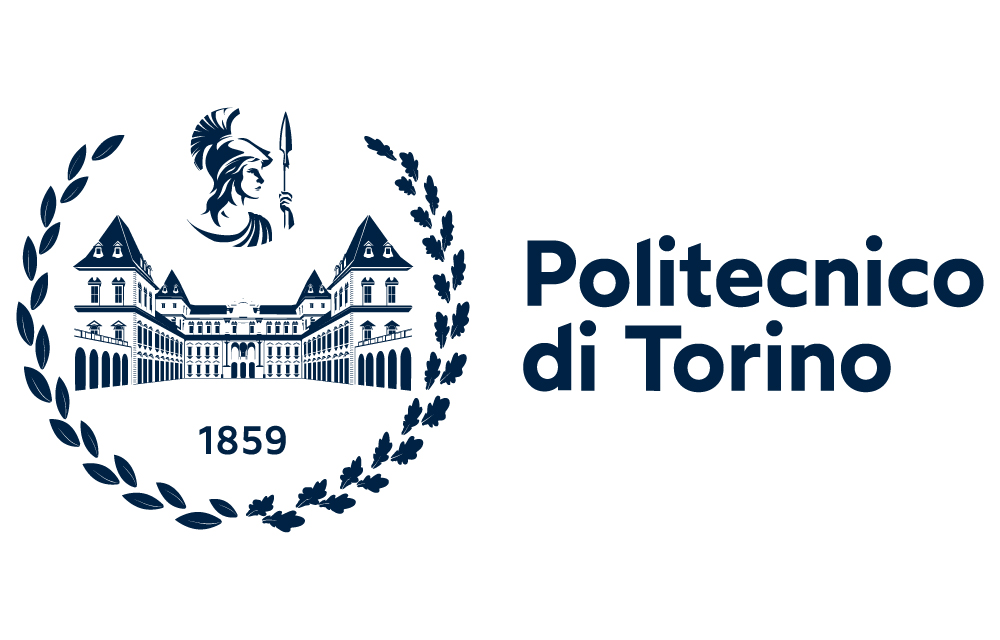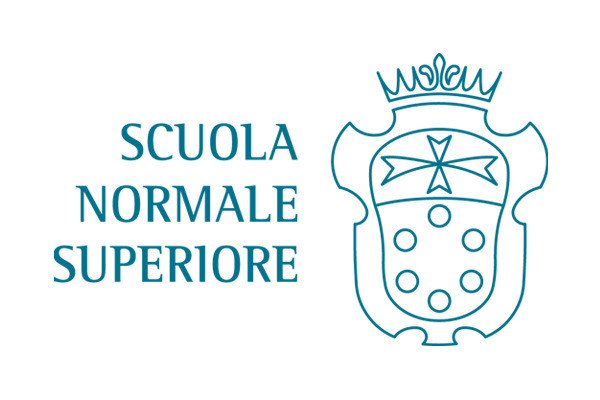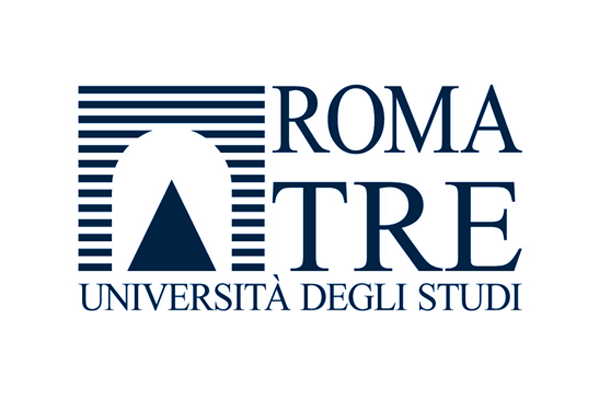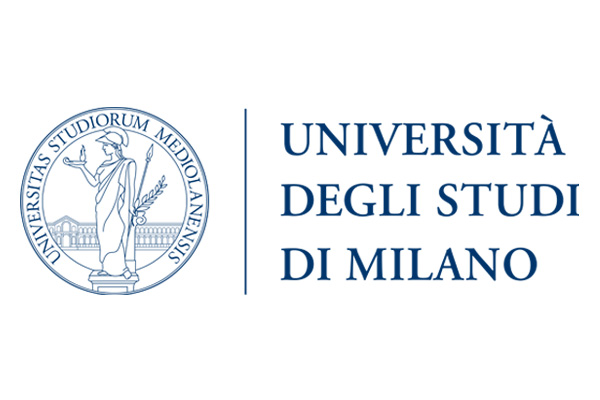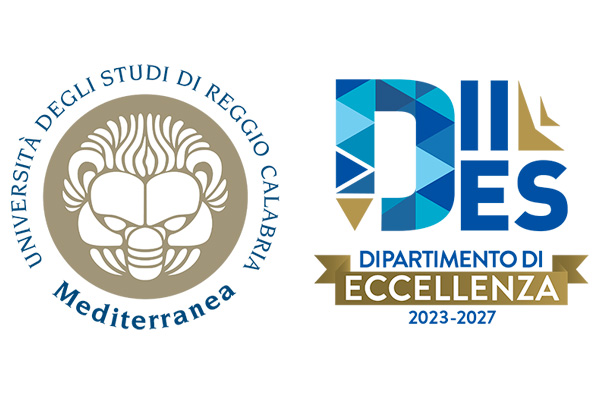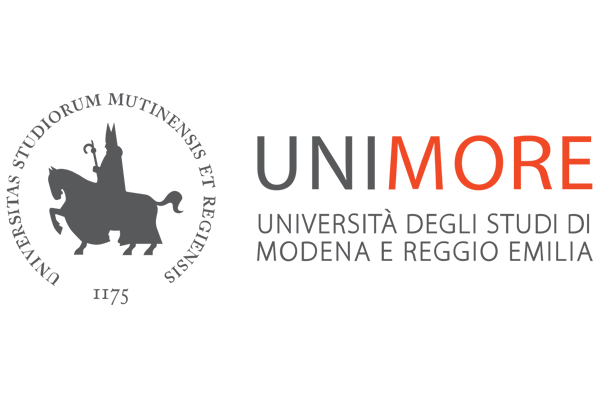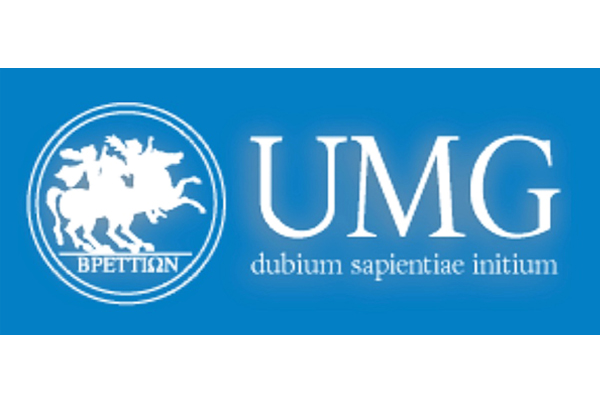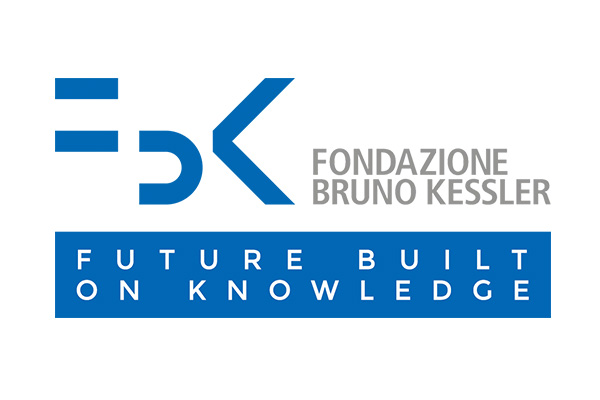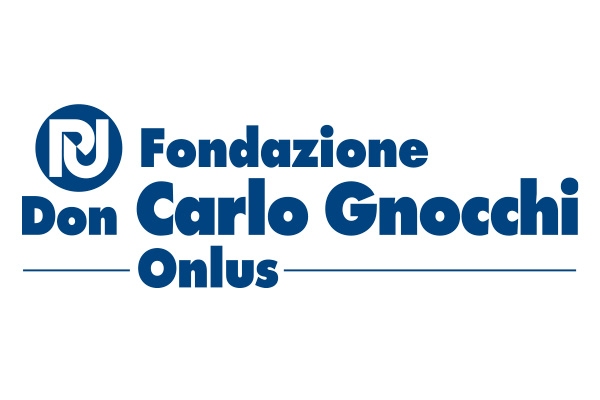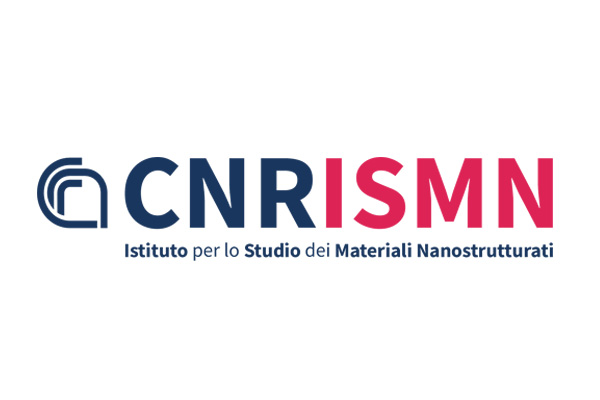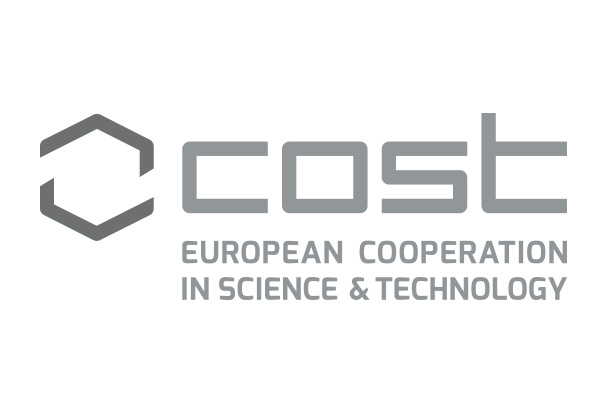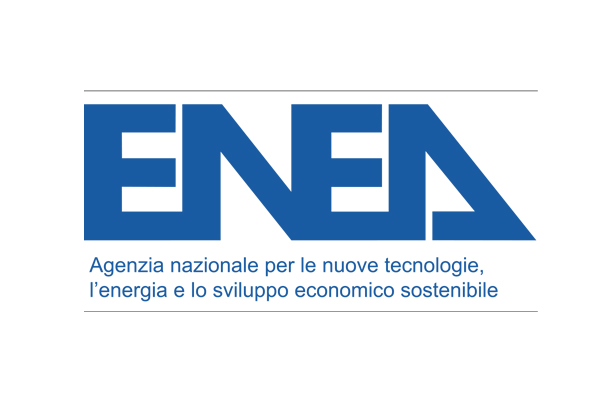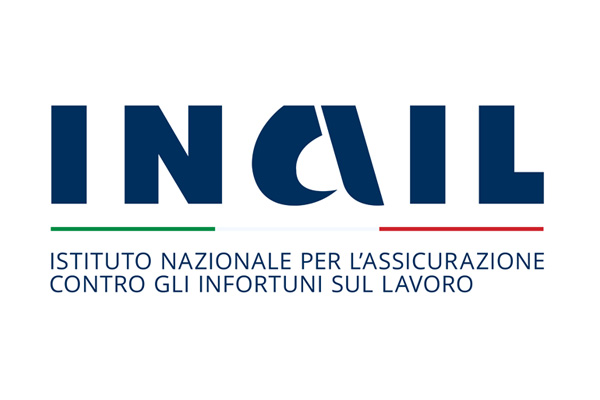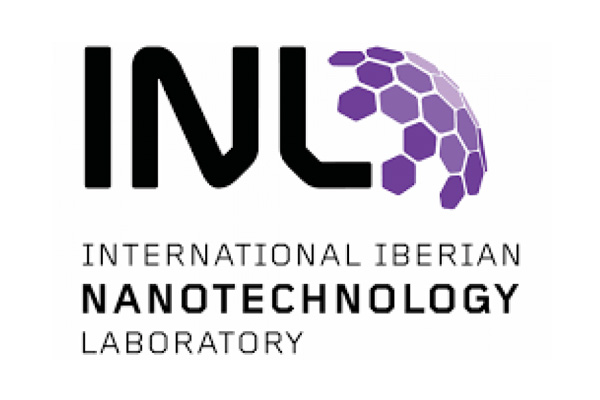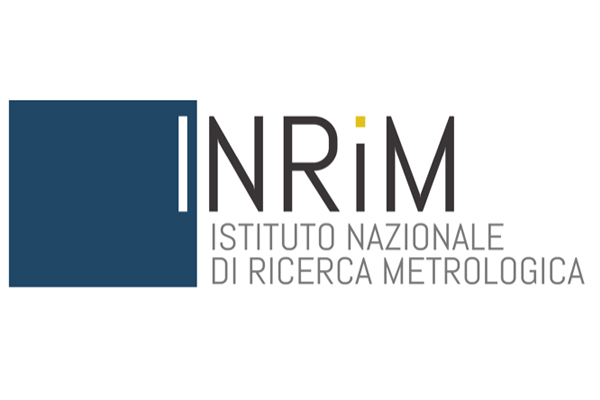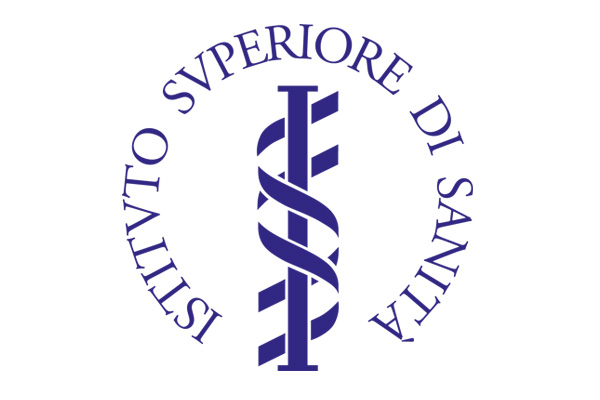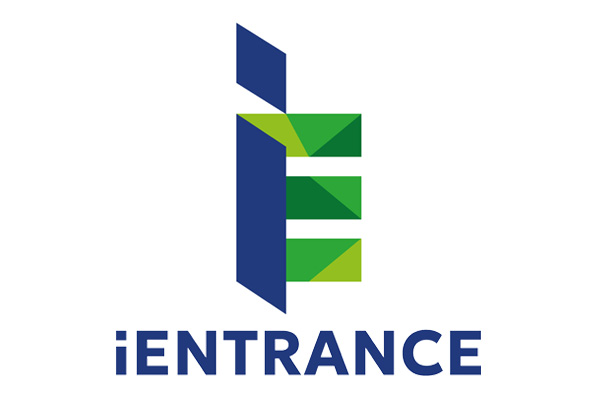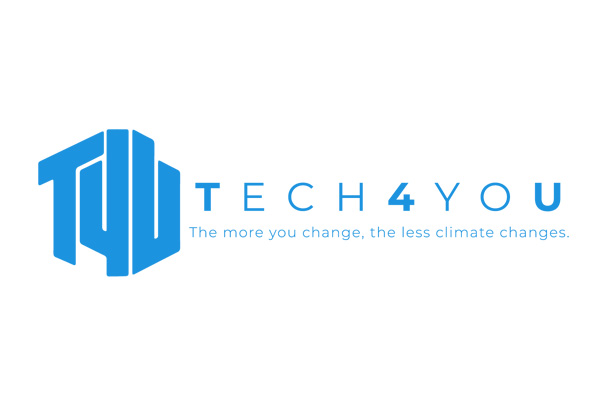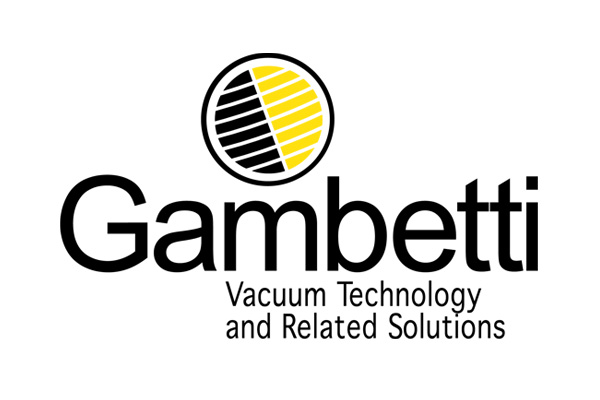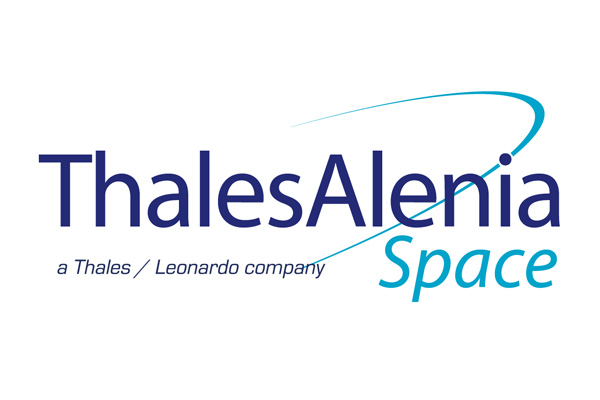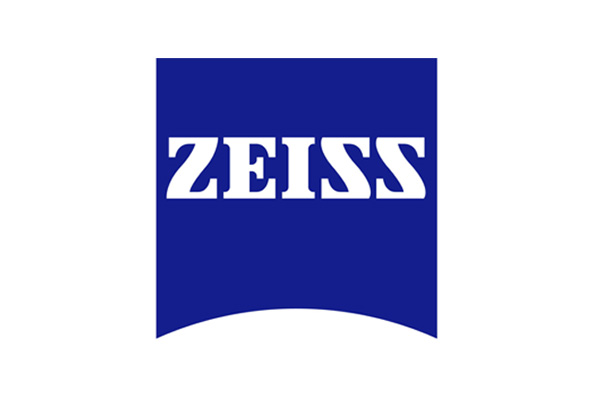updated on 25 August 2025
 |
 |
 |
 |
 |
||||||||||||||
 |
 |
|||||||||||||||||||||||
| Session I Monitoring, Assessment and Preventive Conservation of Heritage Against Climate Change |
||||||||
| Chair: Maria Laura SANTARELLI, Sapienza University of Rome | ||||||||
| Co-organized with Sapienza University of Rome | CHANGES | ||||||||
| The first session will focus on the climate change threatens both tangible heritage (monuments, buildings, sites) and intangible heritage (traditional practices, crafts, and knowledge). Rising temperatures, flooding, and extreme events accelerate material decay and disrupt cultural continuity within communities. Conventional conservation methods often struggle to cope with such diverse and evolving challenges. Nanotechnology-based strategies can offer multifunctional protection, from smart coatings for structures to materials enabling the preservation of artifacts and tools linked to traditions. By combining innovation with sustainability, nanotechnologies support the long-term safeguarding of cultural identity in the face of climate change. |
||||||||
| 11:00 - 11:15 | Maria Laura SANTARELLI Sapienza University of Rome Introduction to the GE.IV Green and sustainable materials for the preservation of works of art |
 |
||||||
| 11:15 - 11:35 | Alessandra BATTISTI Sapienza University of Rome Climate-adapted pavements for urban comfort:traditional and smart materials |
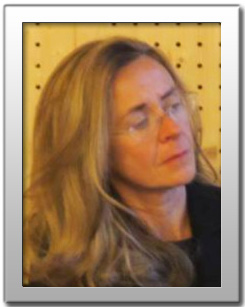 |
||||||
| 11:35 - 11:55 | Francesca FRASCA Sapienza University of Rome Microclimate Matters: Protecting Cultural Heritage in a Changing Climate |
 |
||||||
| 11:55 - 12:15 | Alessandra BONAZZA CNR-ISAC Risk and vulnerability assessment of cultural heritage in a changing environment |
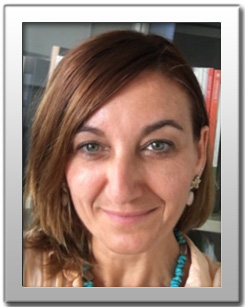 |
||||||
| 12:15 - 12:35 | Francesca PORPORA UNIFI/CSGI Proposal for a remediation method for the “vinegar syndrome” in cellulose acetate-based motion picture films |
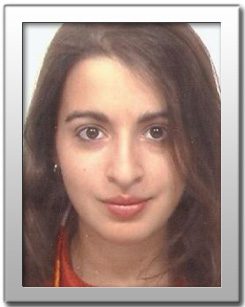 |
||||||
| 13:00 - 14:00 light lunch | ||||||||
| Session II Materials and technologies for the conservation of monuments and buildings |
||||||||
| Chair: Gabriella Di Carlo, CNR-ISMN | ||||||||
| Co-organized with CNR-ISMN and Prin EcoForConcrete | ||||||||
| The session will focus on the problem of the reinforced concrete heritage that represents a crucial part of 20th-century architecture and cultural identity. Its conservation is essential to preserve historical, social, and technological values. However, concrete is inherently vulnerable to steel reinforcement corrosion and salt crystallization, which compromise durability. Environmental factors such as pollution, moisture, and climate change accelerate degradation. These challenges require innovative, sustainable, and non-invasive solutions to ensure long-term protection. | ||||||||
| 14:00 - 14:20 | Chiara FRATELLO CNR-ISMN Investigating corrosion inhibitors and stimuli responsive nanomaterials for the sustainable protection of concrete heritage |
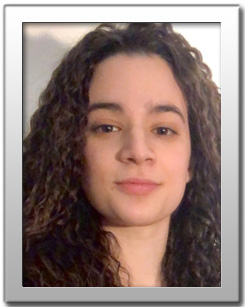 |
||||||
| 14:20 - 14:40 | Sabrina GUALTIERI CNR-ISSMC Geopolymers: smart materials for the sustainable conservation of cultural heritage |
 |
||||||
| 14:40 - 15:00 | Mohammad SHARBAF Sapienza University of Rome Efflorescence inhibitors for concrete and earthen heritage |
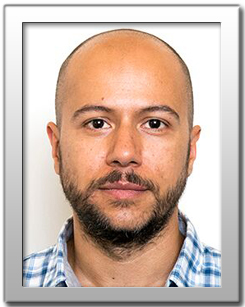 |
||||||
| 15:00 - 15:20 | Elisa GUALINI & Serena MORROCCHESI CSGI/UNIFI Hybrid Nanostructured Systems for the Consolidation and Biocidal Protection of Outdoor Cement-Based Artworks |
 |
 |
|||||
| 15:30 - 16:00 break | ||||||||
| Session III Nanomaterials for advanced applications for the conservation of cultural heritage |
||||||||
| Chair: Giovanna POGGI, UNIFI/CSGI | ||||||||
| Co-organized with CGSI | GreenART | AURORA | ||||||||
| Related to the conservation of cultural heritage, all based on the use of nanosized systems, which take advantage of the unique properties of such material: these will include coatings for the protection of artistic surfaces, gels for the selective removal of unwanted materials for works of art, and the development of anti-counterfeiting nanomarkers. | ||||||||
| 16:00 - 16:20 | Themis KRASOUDAKI CGSI/UNIFI Fluorescent Nanomaterials for Anti-Counterfeiting Applications in Cultural Heritage |
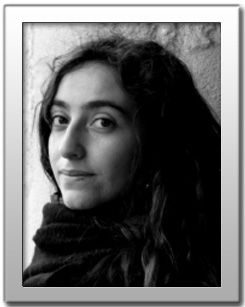 |
||||||
| 16:20 - 16:40 | Damiano BANDELLI UNIFI New sustainable materials for applications in Cultural Heritage preservation |
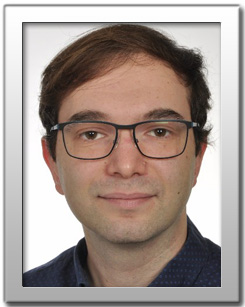 |
||||||
| 16:40 - 17:00 | Francesca BOCCACCINI, CNR-ISMN Giuseppe Cesare LAMA, CNR-IPCB Sustainable coatings and foams to protect cultural heritage with cutting-edge materials |
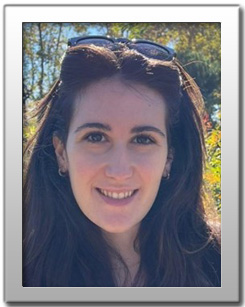 |
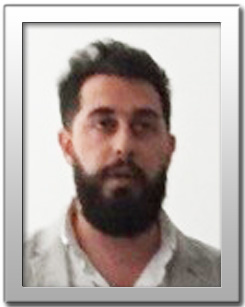 |
|||||
| 17:00 - 17:20 | Erica SONAGLIA Sapienza University of Rome Nanocellulose from industrial By-products as a renewable platform for advanced materials |
 |
||||||
| Back to Masterplan | |

